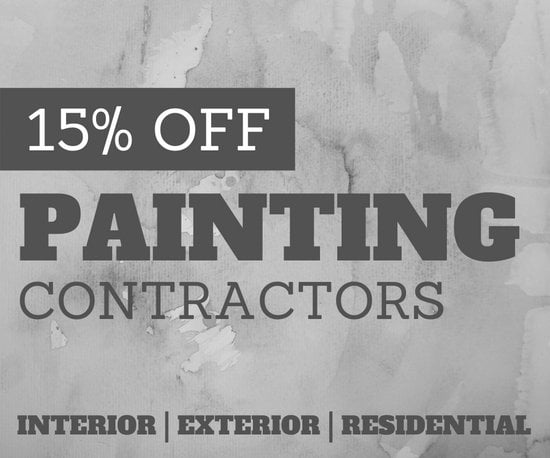Figure Out Exactly How Seasonal Factors Affect Commercial Outside Paint Success And Discover The Best Times To Make Certain Long-Term Results For Your Project
Figure Out Exactly How Seasonal Factors Affect Commercial Outside Paint Success And Discover The Best Times To Make Certain Long-Term Results For Your Project
Blog Article
Web Content By-Regan Celik
When you're preparing an industrial external painting job, seasonal factors can make or break your results. You'll want to think about how temperature level and humidity effect paint application and drying out times. Selecting the appropriate period can ensure your paint sticks effectively and lasts much longer. However which periods are absolutely the very best for this sort of work? Let's check out the crucial elements that can impact your project's success.
The Impact of Temperature on Paint Application
When you're preparing a commercial exterior paint job, the temperature can significantly influence how well the paint adheres and dries.
Preferably, you want to paint when temperature levels vary between 50 ° F and 85 ° F. If it's as well cool, the paint may not cure correctly, bring about concerns like peeling off or cracking.
On the other hand, if it's as well hot, the paint can dry as well swiftly, protecting against correct bond and causing an unequal finish.
You need to also take into consideration the time of day; morning or late afternoon uses cooler temperatures, which can be more beneficial.
Constantly examine the manufacturer's referrals for the details paint you're using, as they typically give guidance on the perfect temperature level range for ideal outcomes.
Humidity and Its Impact on Drying Times
Temperature level isn't the only ecological aspect that affects your industrial exterior paint project; moisture plays a significant duty too. High moisture degrees can slow down drying times considerably, affecting the general top quality of your paint task.
When the air is filled with moisture, the paint takes longer to heal, which can bring about concerns like bad attachment and a greater danger of mold development. If you're repainting on a particularly humid day, be prepared for prolonged delay times in between layers.
https://www.seattletimes.com/explore/nwhomes/breaking-down-the-cost-of-painting-your-homes-interior/ to monitor regional weather conditions and plan appropriately. Ideally, go for humidity degrees between 40% and 70% for ideal drying.
Keeping these consider mind guarantees your project stays on track and provides a lasting finish.
Best Seasons for Commercial Outside Painting Projects
What's the best season for your business external paint projects?
Spring and early fall are usually your best choices. Throughout these seasons, temperature levels are light, and humidity levels are usually lower, creating excellent conditions for paint application and drying.
Prevent summer season's intense heat, which can cause paint to dry also rapidly, leading to inadequate bond and coating. Similarly, winter's cool temperature levels can prevent correct drying out and treating, risking the longevity of your paint job.
Aim for days with temperature levels between 50 ° F and 85 ° F for optimum results. Remember to examine the local weather prediction for rainfall, as damp conditions can ruin your task.
Preparation around these aspects ensures your paint project runs smoothly and lasts much longer.
Conclusion
To conclude, preparing your industrial outside painting projects around seasonal considerations can make a considerable difference in the outcome. By interior painting scaffolding throughout the excellent temperatures and moisture levels, you'll make certain far better attachment and drying times. Remember to watch on neighborhood weather report and choose the right time of year-- spring and very early fall are your best bets. Taking these steps will certainly aid you accomplish a sturdy and expert surface that lasts.
